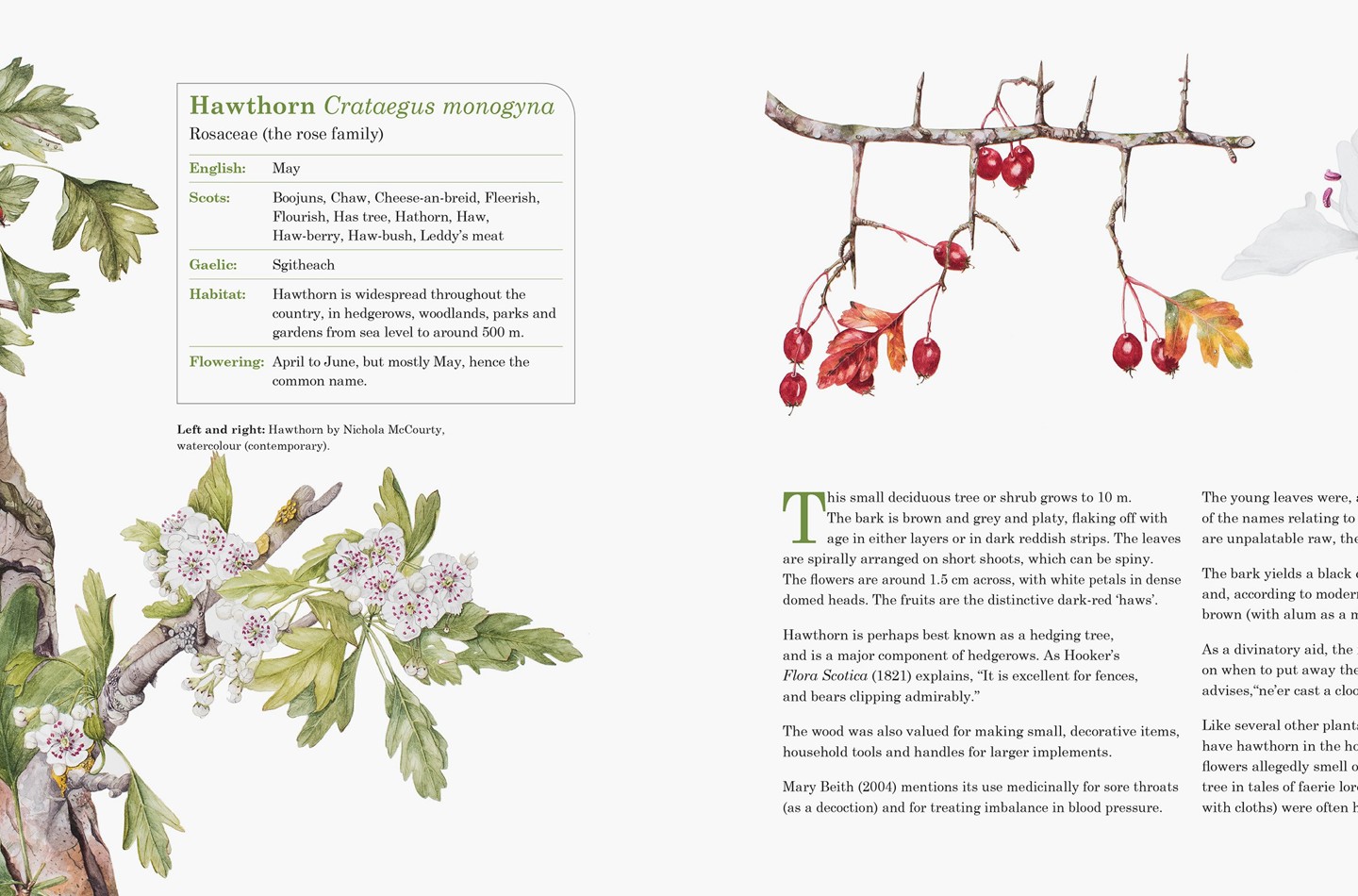
Scots botanist unearths plant folklore in new book
-
With the meteorically successful Outlander series returning to our TV screens for a fourth season next month, an unexpected spin-off has been the startling growth of interest in the way plants have –and still do - shape human lives. Entwined in plots of science fiction and romance, it is nevertheless reported that Outlander author Diana Gabaldon researched well to ensure depictions of herbal medicines were historically accurate in her novels. But, what can we still learn from the plant lore of old? Do historic potions have a part to play in the 21st century? Can we sustain the plants we need?
These questions and many more are answered in a new book which delves into the weird and mystical world of Scottish Plant Lore. It is the culmination of years of research and study by Dr Gregory Kenicer, a botanist at the Royal Botanic Garden Edinburgh (RBGE).
For the past year Dr Kenicer has been using the knowledge he has gained during his 20 years at RBGE, both as a student and botanist, to create a beautifully illustrated and expert guide to the rich and surprising folklore of Scotland’s plants.
Scottish Plant Lore: an Illustrated Flora is a unique RBGE publication covering the plants of Scotland from both the botanical and cultural perspectives. The hardback book is targeted at a wide audience by providing both a field guide, enabling identification of native Scottish plants, and a guide to their uses both past and present, from pragmatic to magical to downright strange.
For instance, the perennial shrub ling heather (Calluna vulgaris) was used to make a traditional brew of heather beer, and in some parts of Scotland it is believed that burning the heather will bring rain. The leaves of the deciduous shrub bog myrtle (Myrica gale) are used as a flavouring in soups and stews and also, as a midge repellent. It was traditionally believed they could keep away the “faerie folk’’ too.
The resin from Scots pine (Pinus sylvestris) was mixed with pig fat and heated to make an ointment for treating boils by placing it on the sores for 12 hours. The astringent tannin-rich bark was also used to treat fevers. Dandelion (Taraxacum officinale), a known diuretic, was perceived such a danger that touching or even smelling it would cause children to wet the bed.
Dr Kenicer said: “When I first came to RBGE one of my jobs was to research folklore and native plants for the Flora Celtica project which documented and studied the roles of plants in Scottish society. It was a fascinating subject.’’
Following on from that RBGE initiative, Dr Kenicer continued to research Scottish plant lore. The idea for the new book stemmed from an exhibition at RBGE earlier this year featuring work by botanical artists from all over Scotland. Scottish Plant Lore: an Illustrated Flora contains contemporary botanical illustration by the artists and images from RBGE’s Herbarium, Library and Archives. There are indexes to scientific, common and Gaelic plant names.
A visual and cultural feast, Dr Kenicer takes early herbals as inspiration combining current scientific knowledge, original botanical illustrations and plant lore. It demonstrates how versatile, necessary and even, occasionally, sinister, Scotland’s plants can be.
Scottish Plant Lore: an Illustrated flora, priced at £25, is now on general sale and proceeds will go towards the vital plant research and conservation work undertaken by RBGE both nationally and internationally.
END
For further information or images contact Sandra Donnelly on 0131 248 1037/07554115908 or Shauna Hay on 0131 248 2900/07824529028
Similar press releases
See all newsBotanics Recommends
-
Explore our range of unique gifts and more. Every purchase supports the Garden.
-
Explore our unique venues, suitable for every occasion
-
Discover a range of books inspired by the RBGE's work and collections
-
Cultivate your curiosity with our programme of courses for all ages and interests.